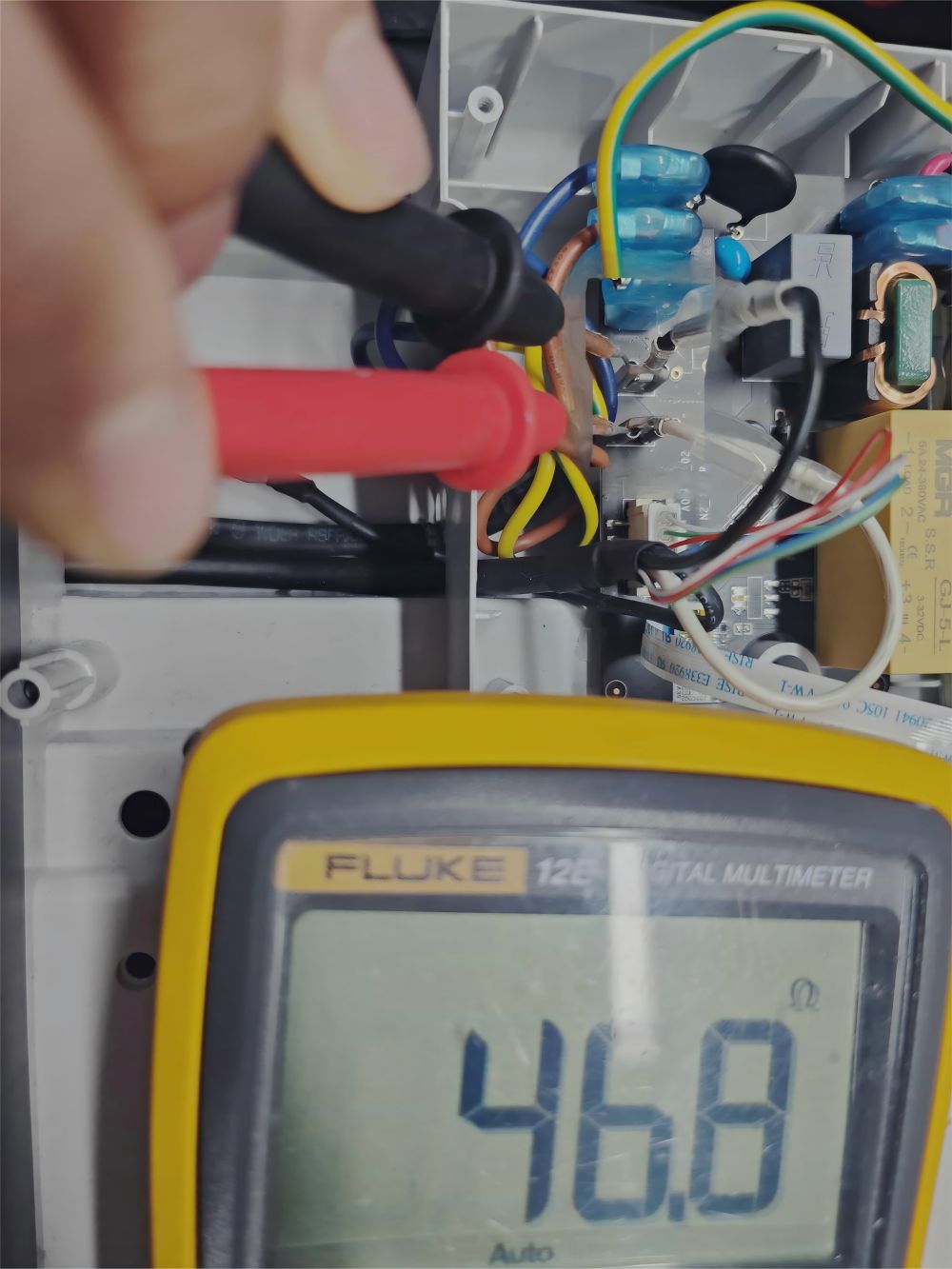Abstract
This paper systematically extracts six core lessons learned by analyzing typical power cable failure cases (aging breakdown, construction damage, environmental erosion, etc.): strengthening condition monitoring and intelligent diagnosis, promoting active renewal of old cables, optimizing dynamic load management of power grids, building a construction collaborative protection system, improving personnel professional capabilities and risk awareness, and improving intelligent emergency response mechanisms. These measures together constitute a solid guarantee for the safe operation of modern power grid cables.

1. Strengthening condition monitoring and intelligent diagnosis: Insight into hidden dangers before they happen
In case 1, a cable that has been in operation for more than 20 years broke down during peak power consumption due to insulation aging. This highlights the huge risk of passively waiting for failures to occur. Modern technology provides powerful tools: Distributed fiber temperature measurement (DTS) can sense temperature anomalies across the entire line in real time; online monitoring of partial discharge (PD) can accurately capture weak discharge signals inside the insulation, which is an early sign of insulation degradation; combined with offline means such as cable oscillation wave detection (OWTS), a multi-dimensional evaluation system is constructed. By deploying an advanced partial discharge monitoring system, the National Grid of the United Kingdom has successfully reduced the failure rate of key cables by more than 40%, proving the effectiveness of predictive maintenance.
2. Promoting the active renewal of old cables: refusing to serve beyond their service life
The core lesson of Case 1 points directly to the cable aging problem. When cables approach or exceed their design life (usually 20-30 years), their reliability drops sharply. It is crucial to proactively identify and plan the replacement of such assets. Selecting new materials such as cross-linked polyethylene (XLPE) to replace old oil-paper insulation can greatly improve heat resistance, electrical and mechanical properties. The U.S. Department of Energy (DOE) report pointed out that systematic replacement of old infrastructure is a key investment direction for improving grid resilience, with significant long-term economic benefits.
3. Optimizing dynamic load management of power grids: reducing the load and cooling cables
Case 1: Long-term high-load operation of cables has accelerated thermal aging of insulation. Scientific load management is the core of extending cable life. This includes: using SCADA systems to monitor load rates in real time; accurately dispatching loads based on big data and weather forecasts; and reasonably setting redundant paths in grid planning to avoid long-term full load of a single cable. Tokyo Electric Power Company’s dynamic load transfer strategy during the summer peak effectively prevented multiple potential failures caused by overheating.
4. Build a construction collaborative protection system: Protect the underground lifeline
Case 2 caused serious consequences due to construction damage. To prevent such risks, a strict collaborative protection mechanism must be established:
- Information sharing platform: Power companies need to share accurate underground pipeline GIS data with municipal and communications units.
- Mandatory pre-construction briefing and signing: Clarify the location, burial depth and protection requirements of cables.
- Introduction of trenchless technology: Such as directional drilling and pipe jacking to reduce direct excavation risks.
- On-site physical identification and monitoring: Clearly mark and supervise the construction of key sections. IEEE Standard 1283 provides detailed guidelines for construction near power facilities.
5. Improve personnel professional capabilities and risk awareness: Build a solid “people” defense line
Case 2 exposed the problem of insufficient skills and awareness of construction personnel. Continuous professional training and rigorous cultural construction are indispensable:
- Targeted training: Construction personnel must receive special training on cable identification, protection measures and emergency procedures and pass the assessment.
- Power supervision: For operations in high-risk areas, power companies should send personnel to supervise and guide on site.
- Safety culture penetration: Integrate the concept of “there are cables underground, so be cautious in operation” into daily life. The German Occupational Safety Regulations (DGUV) have mandatory regulations on the qualifications and training of operators involved in underground facilities.
6. Improve the intelligent emergency response mechanism: every second counts to reduce losses
Both cases show that fast and accurate emergency response is the key to controlling losses. The modern power grid emergency system should integrate:
- Intelligent fault location: Use technologies such as traveling waves and impedance methods to quickly locate fault points.
- Resource optimization and scheduling platform: Dynamically allocate emergency repair teams, materials and backup power sources (such as mobile substations).
- Digital plans and drills: Build a plan library based on scenarios and optimize processes through simulation drills. Singapore’s power grid uses an advanced fault management system, and its mean time to repair (SAIDI) ranks among the highest in the world, reflecting the value of efficient emergency response.
Summary
The reliability of power cables is far from accidental. It is based on deep reflection on case lessons and systematic actions:
- Perception first: Rely on intelligent monitoring technology (DTS, PD) to change from passive to active;
- Hardware-based: Resolutely eliminate overdue service cables and embrace high-performance materials (XLPE);
- Measured operation: Create optimal working conditions for cables through dynamic scheduling;
- Collaborative network protection: Break information islands (GIS platform) and link the entire construction chain;
- People-oriented: Continuously empower front-line personnel and make safety an instinct;
- Emergency is like war: Use intelligence (fast positioning, resource scheduling) to win the timeliness of emergency repairs.
Only by integrating these six lines of defense and forming an organic whole can the “underground lifeline” of the urban power grid be truly indestructible and provide inexhaustible power for the vitality of modern society. Every review of a failure is a step towards higher resilience.
